
Anna Malina: Stop-Motion Animator Using Hand-Edited Imagery in the Digital Age
Speaking of "manual image editing", we might as well start in the classroom of elementary school. We should have all spoofed the illustrations in textbooks when we were young, for example: adding beards and glasses to the faces of the characters in the textbook illustrations; adding modern objects to the hands of ancient people; or moving a character's head with a carving knife In addition to drawing a skull in the hollow... Maybe when you recall this simple and primitive happiness today, you will remember a "masterpiece" created under the supervision of a teacher and smile knowingly.
This can probably be regarded as a kind of prehistoric spontaneous image editing art, which is completely the result of the agitation of artistic cells during boredom. After the baptism of digitization of life, most of us today have thrown away brushes and knives, picked up smartphones and digital drawing tablets, and struggled with countless image and video processing software, large and small. Whether it's adding a LOMO light leak filter to a photo, or making a funny meme with a dialogue bubble, many times we've become accustomed to one-click generation by computer algorithms.
However, there will always be people who don't take the usual path. For example, the following GIF animation work, if you look closely, you will find that this is not the effect of one-click generation of Glitch software. Those small white edges and crumpled paper are obviously the actual physical effects after manual editing. And the workload behind this kind of creation may be incalculable for people who are used to digital processing.
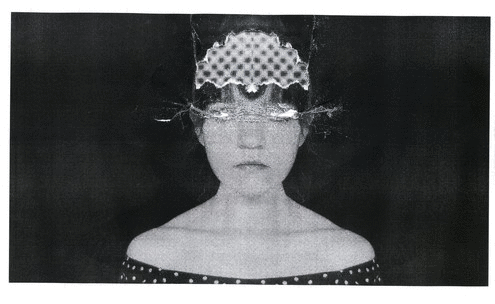
The author of the above animation is Anna Malina from Germany. In this era of editing images and videos by computer software, she has not given up editing and recreating images and film frames with physical tools such as pens, knives and even fingernails. Like most people, Anna first started exploring art through photography. Gradually, however, she developed a creative style of her own, hand-edited graphic art based on still photography and video.

Unlike most stop-motion films that are commonly shot with clay models and toys, Anna Malina's stop-motion animation in GIF format is almost entirely on a plane in two dimensions. Perhaps it would be more accurate to call her work "stop motion images". But at the same time, it cannot be ignored that the raised burrs and slightly uneven edges of the paper after torn are like an extension of a flat image to the third dimension. Although it is small, it should not be ignored. Maybe we can't touch this "dimensional breakthrough" across the screen, but if you touch the physical version of Anna's work at close range, you will have a deeper understanding of it.


Regarding the interpretation of her works, you can understand her works as a kind of solemn and chilling expression, for example: the torn white photographic paper has become a billowing spiritual fire, and the trembling body in the double exposure into a transparent soul. Or it can be interpreted that these confusing pictures are the manifestation of human sensory distortion experience under the influence of psychedelic substances. But in the process of communicating with Anna, she expressed that she was glad to know that many viewers only understood her works as mischievous and casual creations of a child who did not grow up. Of course, the visual effects of these pranks are really good.
In addition to making experimental-style stop-motion GIFs, Anna Malina has also made videos with mysterious visual vibes for some ambient music bands:

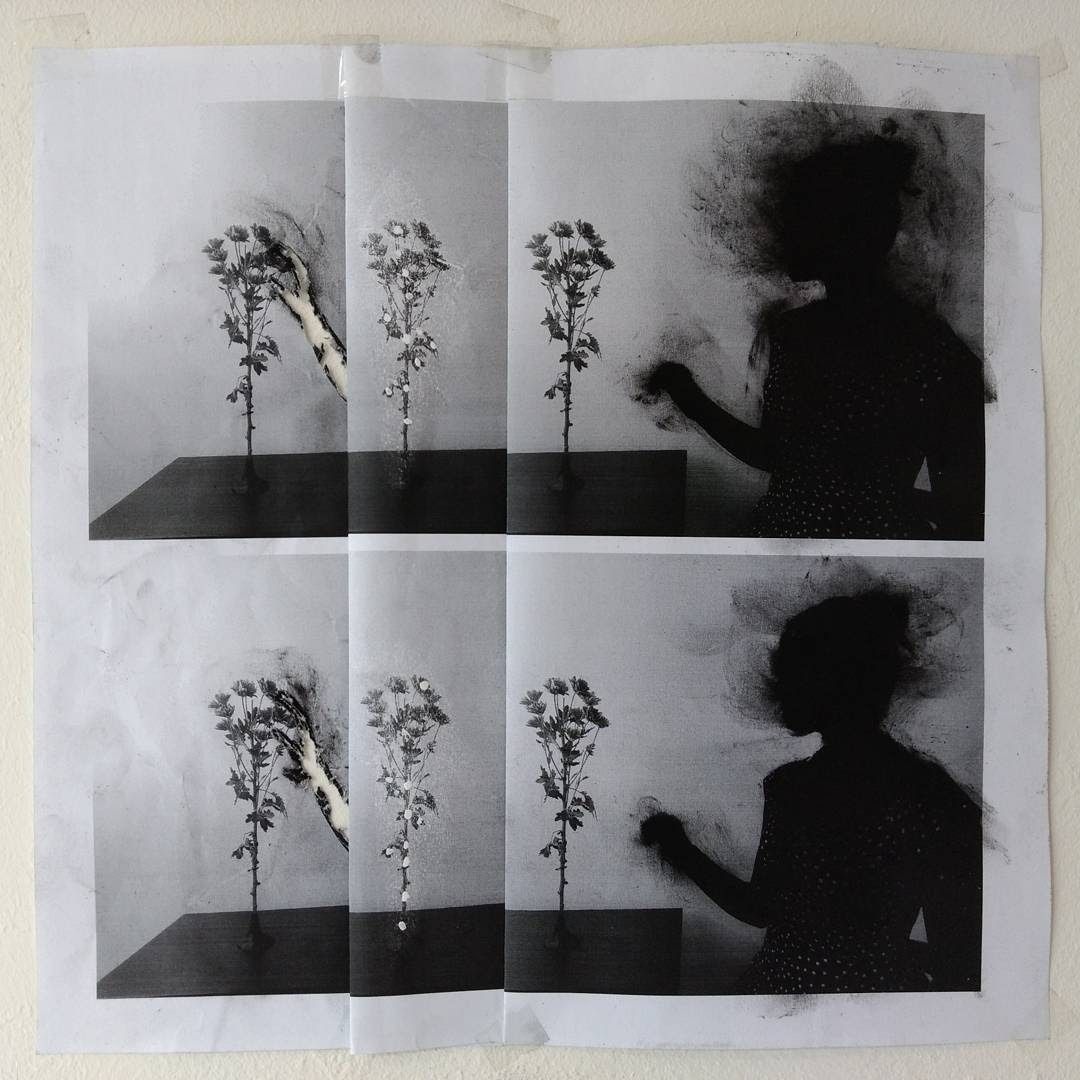
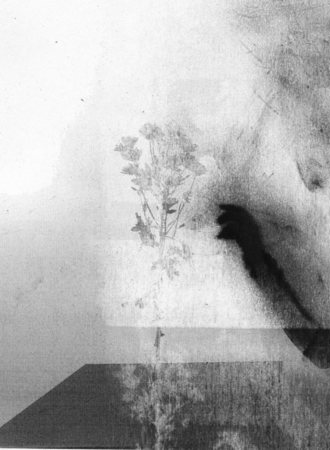

The easiest and most time-consuming way to make a GIF is to take the images frame by frame and combine them into a GIF. It's interesting that in this age of "one-click generation" art, people seem to have forgotten what they can do with their own hands, so Anna is frequently asked on Tumblr about "what software does she use to make these GIFs" of?". However, as with any stop-motion animation, the process of creating these veritable handmade graphic artworks by Anna is time-consuming. For example, the above 2-minute MV used 770 laser-printed images. After manual cutting, drawing and arrangement in the later stage, the production cycle exceeded two months. However, Anna said that since it was made using copyright-free videos on the Internet, it would save a lot of time compared to making it from scratch (such as using a photo group taken by herself).
Editing and recreating clips of copyright-free movies found on the Internet is Anna's recent play:
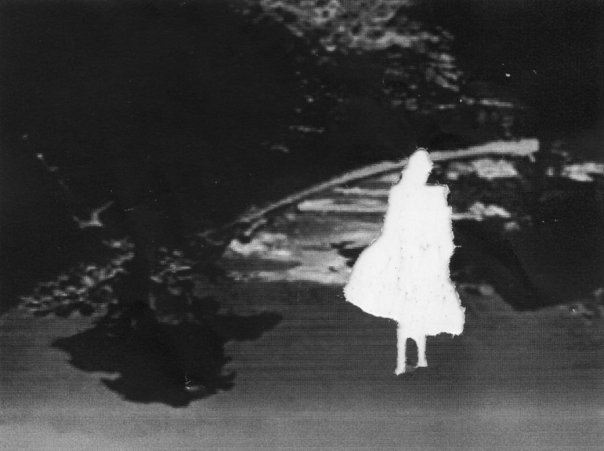
I did an interview with Anna and let's take a look at what inspires this handcrafted image editing artist.
Please introduce yourself first.
Hello everyone, my name is Anna. I was born in Ukraine in the former Soviet Union and moved to Germany in the early 90s. I have been studying Art and Philosophy at the University of Wuppertal for the past few years and am currently doing my undergraduate thesis. In this paper, I will explore the artistic medium of GIFs, and its unique temporality. This topic is of greatest interest to me: still and moving images, their respective philosophical implications in time, how the different materials used in animating react to this, and in what ways are they conveyed what kind of pictorial and Spatiality, etc.
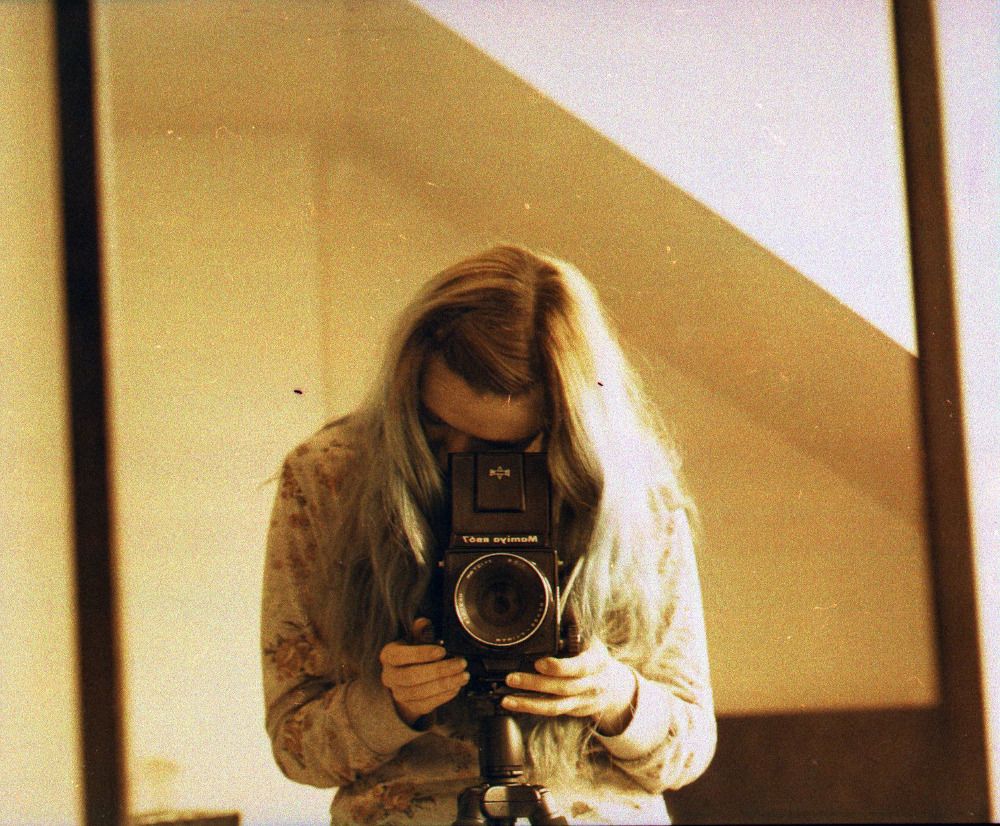
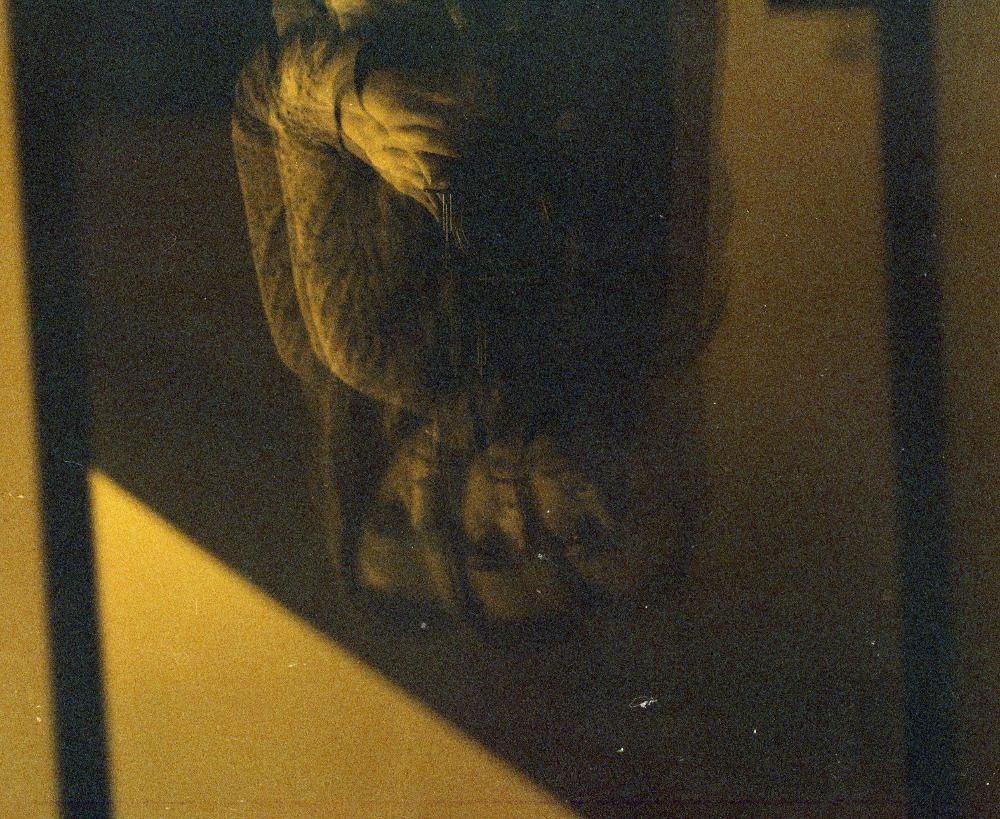
As mentioned above, when I first saw your GIF work, I immediately thought of the behavior of spoofing the illustrations in the textbook when I was a child. Can you talk about your biggest source of inspiration for hand-editing and making stop-motion graphic art?
This is a great association. I used to make fun of my textbooks so often! :)
I also gradually explored to form the current creative mode. It is difficult to say what a single factor that inspires me the most. Let’s just say that the biggest source of creative inspiration is movies. I watch every movie, regardless of genre or age. I still remember the first time I saw a hand-drawn film from the early 20th century, I couldn't believe my eyes! It's an incredible job of people coloring the film frame by frame! And the fill colors have a noticeable distortion, they don't quite match the outlines of the characters, and they spill over into the surroundings, which I find great. Even though this was a long time ago, I think it's one of the roots that allows me to make art today.
My most recent source of inspiration is the filmmaker Gianluigi Toccafondo, from whose work I have a clearer understanding of how to use real film footage as the basis for a painting or artistic creation.
Another factor that affects my work is because I am a scruffy and impatient person when I create art, torn and crumpled paper, smudged colors, imperfections and flaws like that are often used by me as a tool for expressing art.
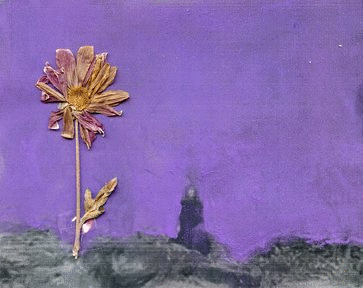
We are in an age where everything is handled digitally. How do you feel when you manually process an image frame by frame?
To be honest, after the first few frames it was pretty annoying. The most exciting part of the creative process for me is when developing or looking for an idea, and then trying to do the first few frames to see if the idea actually works. The best feeling is that when an idea unfolds in an unexpected way, a new idea that can be tested is born.
And everything that happened after that, such as the repeated processing of the frame, the endless scanning, etc., was a boring job like moving bricks. Plus I'm impatient, and I always want to see my thoughts magically appear on the screen all at once. So I understand how professional animation directors would delegate this part of the work to executive animators. However, I feel that maybe for a creative approach and style like mine, addressing all the frustrations and difficulties in these jobs is crucial. For me, the process itself is a necessary part of getting the result, not just a way to get there.
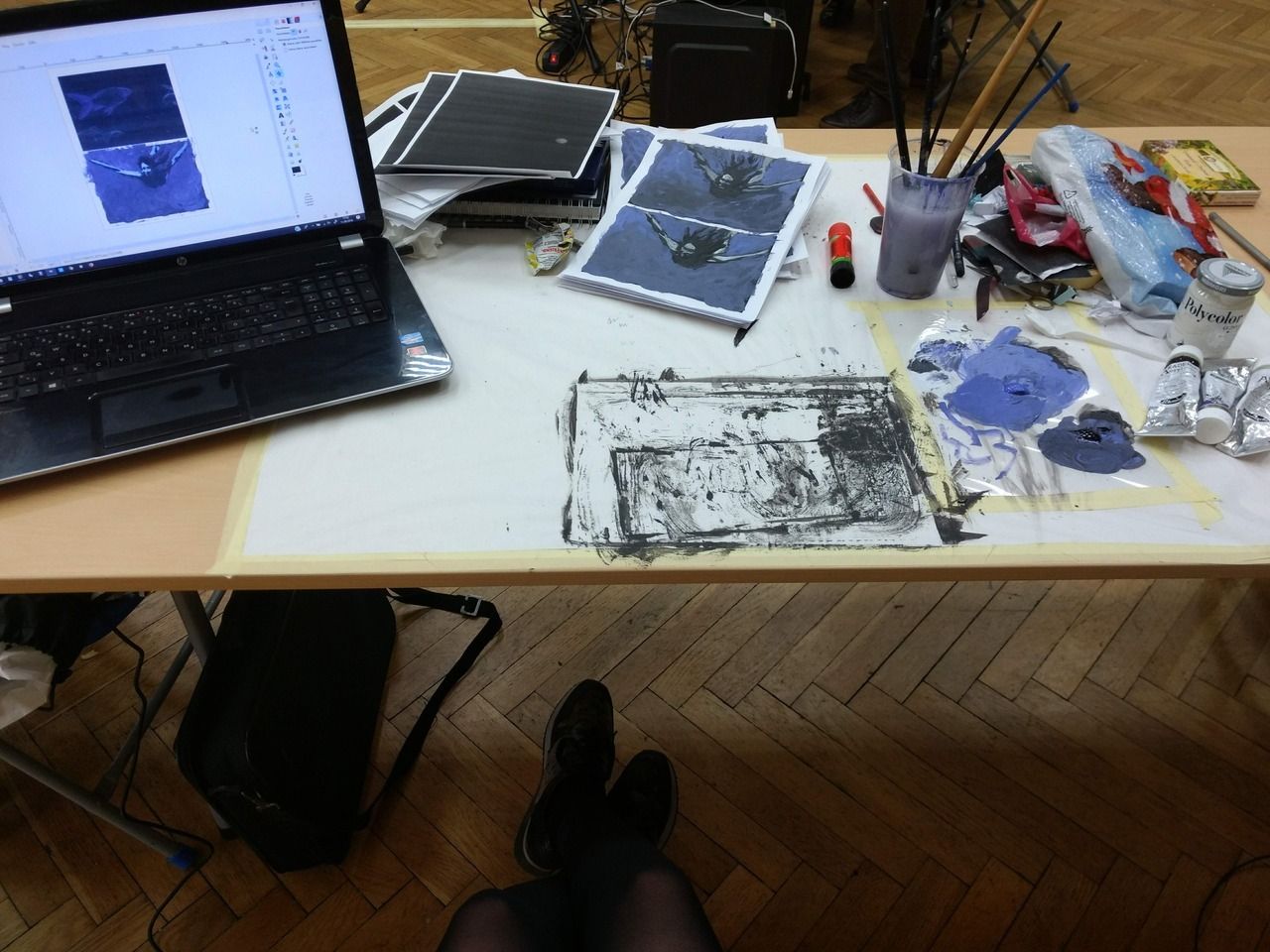
Some people think your works are hallucinogenic, some think they are soul-shattering, and some think it has something to do with necromancy (laughs). Do you want people to interpret your work in a certain way? If there is, can you talk about it?
I like that people have different interpretations of my work. I know that the style and themes of my work are considered by some to be on the verge of being pretentious, and some even go so far as to say that they are pretentious and pretentious. In any case, I'm not a person who likes to be deliberately sarcastic, so there is always sincerity in what I do. I also want people to perceive the sense of humor and absurdity in my work.
Regarding the interpretation of the meaning in my works, I hope the audience will not think too much about ghosts, gods, etc. I want my work to strike a little emotionally, to feel something, whether it's melancholy or an inner smile. I think the reaction of the audience may also depend on the mood when viewing the work.
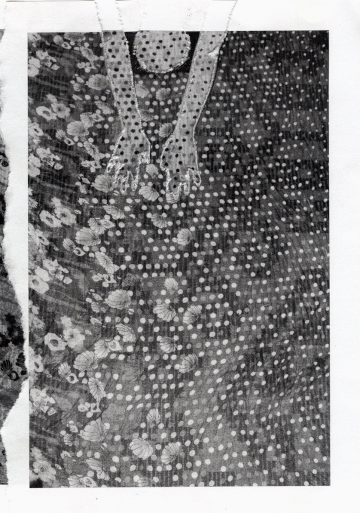
We've been seeing more and more glitch art online these days, most of which are digitally generated automatically. For example, various 80's fans made VHS videotape chaotic animations and vaporwave music-related graphic art. Why do you think people are starting to do these glitch arts more and more? Do you consider your own hand-edited work to be considered glitch art?
This is an interesting idea that I hadn't thought of before. I think you can think of my work as a kind of glitch art. If you measure it by the definition of glitch art, they can be considered a type of glitch art according to Wikipedia, so I think that's right.
As for why glitch art is becoming more and more popular, I read a master's thesis on GIF animations while doing my undergraduate thesis by Iris Cuppen: http://www.ihavenothingtosayonlytoshow.com/ . Glitch art isn't specifically discussed in this article, but she does talk about why people start making videotape-style GIFs, like those with the gibberish and ghosting effects of videotape errors.
She believes that every media technology has a strong connection to reality while it is still new, a way of recreating the reality of what we actually see or experience. And once the technology becomes obsolete or even challenged by newer and better technology, we start to see its shortcomings and be able to experience them in a whole new way, both aesthetically interesting and rewarding of. To paraphrase the philosopher Walter Benjamin, these old technologies have attained a status they did not attain in their youth, where they begin to exude an aura that they did not have before.
It's probably a bit like "you don't know the real face of Mount Lu but you are in this mountain", I think we have stepped out of the mountain of VHS video tapes and watched it, so we recognized the aesthetics, artistic value and artistic value of defective digital products. Its imperfections, and at the same time the tools to make this type of art are readily available, so more and more glitch art can be seen.

You also did some music videos and album covers for other people. Do you have plans to make a feature film in your handmade style?
My original idea for my undergraduate dissertation was to make a short video, but for various reasons I have now opted to further explore shorter GIFs.
I actually really enjoy doing short video clips, I think short films are a great art form that focuses on aesthetic, technical or material issues and can also be experimental. It can easily become tedious when done with long videos unless you are very good at storytelling. I'm not very good at storytelling, but if I have a good idea in my head, it's definitely an exciting one. Of course, making a feature film has endless worries, such as the funding required for the creation, the cooperation with other people, etc., will make things more difficult. So short films are by far the best option to avoid the art world and the film industry throwing all these difficulties in front of you all at once.
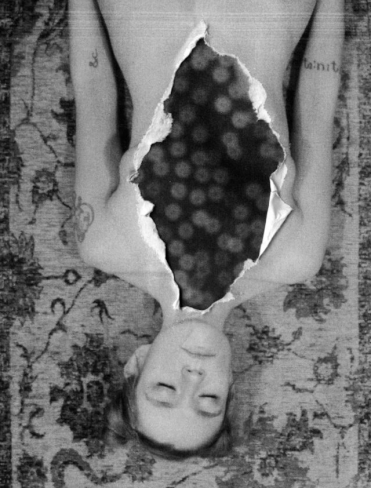
Anything else you want to say, please feel free to say
My answer seems to be a little too long. Thanks for the opportunity to interview and for these interesting questions, it's really great to be able to express my work, thank you!
Thanks Anna for the interview. Or the old saying, a thousand Hamlets in a thousand eyes, are these works of Anna a dark pagan poem or a playful childhood prank? It all depends on the audience's own interpretation! If you want to know more about Anna Malina's work, please visit her:
Poppel Yang
Original on 2019-04, modified on 2020-04-14
Note: This article was first published in VICE China (now renamed "BIE Others" ), please contact " BIE Others " for commercial and non-commercial reprints.
Like my work?
Don't forget to support or like, so I know you are with me..
Comment…